Equally complex are the mechanisms by which these behavioral patterns are regulated by hormones and the effects of behavioral interactions on hormone secretion. Nonetheless, comparative field and laboratory experiments indicate that general underlying themes, including mechanisms, may exist. For example, comparative studies in birds reveal that testosterone activates a type of aggression, territorial behavior, in those species that are territorial only during the breeding season. Territoriality at other times appears to be independent of sex steroid control, although qualitatively and quantitatively the behavior appears identical. In some populations such bonds are sexual, whereas in others they appear to be alliances possibly for joint defense of a territory.
Testosterone appears to be important for activation of the courtship behavior that leads to formations to sexual pair bonds. However, many investigations indicate that pair bonds in nonsexual contexts are not regulated by testosterone. Clearly, these complex behavioral patterns due to seasonal changes and variation in context pose important questions for control mechanisms. It appears that there are evolutionary "costs" to high circulating levels of testosterone. They can be energetic costs or may involve increased predation risk or reduced survival after wounding. In males that express parental behavior, high circulating testosterone levels interfere with parental care, resulting in reduced reproductive success.
Thus, regulation of testosterone secretion must balance the need to compete with other males as well as provide parental care. High circulating levels of testosterone for prolonged periods are also known to suppress the immune system. This latter effect may have profound implications for the development of androgen-dependent secondary sex characteristics that have evolved through sexual selection. There are several ways to avoid potential "costs" of hormone secretion at inappropriate times. A hormone may be metabolized at its target cell to another form that then binds to a different receptor (e.g., aromatization of testosterone to estradiol). Also receptors may be downregulated in tissues that would otherwise respond inappropriately in a specific life history state.
On the other hand, multiple hormone mechanisms may have evolved to activate behavioral traits at the right time and in the correct context. When a behavioral trait is expressed throughout the life cycle, hormones may potentially deactivate behavior for short periods. With detailed investigations of organisms in their natural environment we can determine the potential ecological costs underlying hormone-behavior interactions that, in turn, shed light on their evolution.
These data also indicate a number of problems for hormonal control mechanisms, but also indicate trends, alternatives, and hopefully in the future a more complete understanding of common mechanisms underlying behavioral endocrinology at the cell and molecular level. Only then will we be able to predict when and where specific mechanisms of hormone-behavior interactions operate and how they evolved. One compelling question that our results raise is whether the differences in α-Kl levels between the sexes of the two Pan species are explained by sex-specific exposure to stressors in relation to their social system?
Prather et al. explored the association between exposure to long-term stressors and α-Kl levels in young women. One cohort consisted of women who were chronically stressed mothers of children with autism spectrum disorder, while the second group was mothers of healthy children. It was found that the cohort that was exposed to the stressor had lower α-Kl levels than women of the control group. Unfortunately, in this study, stress was assessed by self-reports ; cortisol or any other physiological measure of stress response was not collected.
The physiological stress response seems to be directly or indirectly influenced by the pathways involving α-Kl, e.g., regulating insulin, fibroblast growth factor, and N-methyl-D-aspartate receptor signalling . If the subordinate sexes in bonobos and chimpanzees face more stress exposure, this could explain variation in species differences in α-Kl levels. In bonobos, adult females are dominant over the majority of males and the highest ranking individual is always a female . Furthermore, in captivity and in the wild female coalitions may charge males which is likely to induce elevated cortisol levels in males . In captivity, male bonobos have been shown to have higher salivary cortisol levels than females . Therefore, despite low levels of male mate competition, male bonobos face high levels of social stress, which may suppress α-Kl in individuals of the subordinate sex.
Wild chimpanzees live in a male-dominated society in which females are subordinate to all adult males , and aggression from males towards females imposes physiological costs on females in terms of increased glucocorticoid secretion . In addition to male aggression, higher glucocorticoid levels in wild female chimpanzees may also be due to limited access to food resources and low rank . However, most of these stress-related factors like male competition and intergroup encounters are absent in captive male chimpanzees, still the life expectancy is shorter than in females. This shorter life expectancy of male chimpanzees corresponds with faster decline in IGFBP3-levels in male versus female chimpanzees , however, not in α-Kl levels. Therefore, in captive chimpanzee populations, neither difference in external factors nor in internal factors alone explains the sex differences in life expectancy.
Among captive chimpanzees, the primary causes of morbidity and mortality are infectious diseases, disorders of the gastrointestinal and respiratory systems, and cardiac disease . To what extent the observed differences in α-Kl levels between the sexes are reflected by genetic factors, diet, or interaction of other hormones like AVP, and how they align with behavioural and morphological indicators of development, remains to be investigated. Considerable evidence suggests that the steroid hormone testosterone mediates major life-history trade-offs in vertebrates, promoting mating effort at the expense of parenting effort or survival. Observations from a range of wild primates support the "Challenge Hypothesis," which posits that variation in male testosterone is more closely associated with aggressive mating competition than with reproductive physiology. In both seasonally and non-seasonally breeding species, males increase testosterone production primarily when competing for fecund females.
In species where males compete to maintain long-term access to females, testosterone increases when males are threatened with losing access to females, rather than during mating periods. And when male status is linked to mating success, and dependent on aggression, high-ranking males normally maintain higher testosterone levels than subordinates, particularly when dominance hierarchies are unstable. Trade-offs between parenting effort and mating effort appear to be weak in most primates, because direct investment in the form of infant transport and provisioning is rare.
Testosterone has a wide range of effects in primates that plausibly function to support male competitive behavior. These include psychological effects related to dominance striving, analgesic effects, and effects on the development and maintenance of the armaments and adornments that males employ in mating competition. Taking primate social and mating systems into account, the challenge hypothesis suggests multiple predictions. In seasonally breeding primates, males should increase testosterone production during the mating season. These increases should be associated with male mating competition, rather than mating itself.
In non-seasonal breeders, males should increase testosterone production when competing for fecund females, and more intense competition should result in larger increases. When male status is importantly associated with mating access, and dependent on aggression, high-ranking males should maintain higher testosterone levels than subordinates, particularly when dominance ranks are unstable, and being contested. In territorial species, where territory size is importantly linked to reproduction, testosterone should increase during episodes of intergroup conflict. From a life history perspective, males should show elevated testosterone during the parts of the lifespan in which they are competing most intensely for reproductive opportunities. In 2004, Martin N. Muller and Richard W. Wrangham applied a modified challenge hypothesis to chimpanzees.
Similar to the original hypothesis, they predicted that there would be increased male-male aggressive interaction when a receptive and fertile female chimpanzee was present. Muller and Wrangham also correctly predicted the testosterone levels of more dominant chimpanzees to be higher as compared to lower status chimpanzees. Therefore, chimpanzees significantly increased both testosterone levels and aggressive male-male interactions when receptive and fertile females presented sexual swellings. This study also highlighted how male testosterone and aggression levels rise only when males are in the presence of parous females.
This is because nulliparous females are less attractive to males, and they are not guarded, meaning there is little competition. This evidence suggests that the increase in testosterone is related to only aggression – not sexual activity – as male chimpanzees mate equally with both parous and nulliparous females. Currently, no research has specified a relationship between the modified challenge hypothesis and human behavior, yet, many testosterone/human behavior studies support the modified hypothesis applying to human primates. Research on age-related changes in morphology, social behavior, and cognition suggests that the development of bonobos is delayed in comparison to chimpanzees .
Since developmental changes such as reproductive maturation are induced by a number of endocrine processes, changes in hormone levels are indicators of different developmental stages. Age-related changes in testosterone excretion are an indirect marker for the onset of puberty in human and non-human primates. In this study we investigated patterns of urinary testosterone levels in male and female bonobos and chimpanzees to determine the onset of puberty. In contrast to other studies, we found that both species experience age-related changes in urinary testosterone levels.
Older individuals of both sexes had significantly higher urinary testosterone levels than younger individuals, indicating that bonobos and chimpanzees experience juvenile pause. The males of both species showed a similar pattern of age-related changes in urinary testosterone levels, with a sharp increase in levels around the age of eight years. This suggests that species-differences in aggression and male mate competition evolved independently of developmental changes in testosterone levels. However, in female bonobos the onset was about three years earlier than in female chimpanzees.
The earlier rise of urinary testosterone levels in female bonobos is in line with reports of their younger age of dispersal, and suggests that female bonobos experience puberty at a younger age than female chimpanzees. A fundamental feature of male life history is the tradeoff between the energy devoted to male-male competition and mate attraction versus that allocated to raising offspring . There is a trade off because decreased paternal effort caused by increased testosterone dramatically decreases reproductive success, due to decreased parental care and protection for the offspring. Therefore, to maximise reproductive success, the optimal balance between the two must be found. The challenge hypothesis proposes testosterone as the key physiological mechanism underlying this tradeoff. When the opportunity to reproduce arises—namely, the species enters the breeding season or females enter estrus—males should exhibit a rise in testosterone levels to facilitate sexual behavior.
This will be characterized by increased mating effort and decreased parenting effort, as investment in the former may be incompatible with parental care due to insufficient time and energy to engage in all of these facets of reproductive effort. We found that male infant care was weakly positively correlated with testosterone levels within-subjects but not between-subjects. Cortisol exhibited the same pattern, which is in line with a previous finding in this species (Henkel et al., 2010). These results suggest that, from the male's perspective, infant care is neither nurturing nor relaxing and may instead be performed under a competitive context.
Across many mammals, infants are at risk of infanticide in species where the period of lactation is long relative to gestation , as is the case in primates. Infant caretakers perform a protective role in the majority of Old World nonhuman primates and the threat of infanticide has been shown to elicit elevated testosterone and glucocorticoid responses (Cheney et al., 2015; Muller, 2017). Beyond defense against infanticide, fathers support or tolerance of immatures can have additional benefits.
For instance, male baboons often support their offspring in agonistic conflicts against other group members, which may help in gaining dominance rank and reducing stress or injury (Buchan et al., 2003). Father-offspring associations can also lead to improved feeding opportunities and ultimately faster maturation for juveniles (Huchard et al., 2013). Male Barbary macaques prefer to interact with infants based on their past mating success with the mother (Kubenova et al., 2019), which may be indicative of paternal investment. Thus, modest increases in testosterone and cortisol when males care for infants could serve to make them more alert to their social environment and more effective at providing protective support. Additionally, a positive relationship between testosterone and infant care is in line with the suggestion that infants can be used as tools for mating effort in this species (Ménard et al., 2001).
It has also previously been suggested that parental effort may enhance status in young human fathers thus resulting in elevated testosterone . It is not clear if infant care enhances status in Barbary macaque males, but it does seem likely that these behaviors are perceived positively by the infant's mother (Ménard et al., 2001). Male chimpanzees remain in their natal communities, and establish dominance hierarchies with a clear alpha male. Sexually receptive females show conspicuous periovulatory swellings and mate promiscuously –. Hormonal patterns indicate that they ovulate when they are maximally tumescent, and males can therefore monitor female receptivity .
Under such conditions the opportunistic mating strategy in chimpanzee communities offers an opportunity for sperm competition in this species –. This view is further supported by the observation that relative to chimpanzees, adult bonobos show reduced sex dimorphism in both body size and the canine teeth , . In addition, adult testosterone levels of male bonobos are much lower than those of adult chimpanzees , . A large body of research has demonstrated that variation in competitive behavior across species and individuals is linked to variation in physiology. In particular, rapid changes in testosterone and cortisol during competition differ according to an individual's or species' psychological and behavioral responses to competition.
This suggests that among pairs of species in which there are behavioral differences in competition, there should also be differences in the endocrine shifts surrounding competition. We tested this hypothesis by presenting humans' closest living relatives, chimpanzees and bonobos , with a dyadic food competition and measuring their salivary testosterone and cortisol levels. Given that chimpanzees and bonobos differ markedly in their food-sharing behavior, we predicted that they would differ in their rapid endocrine shifts. The species differed, however, in terms of which hormone was affected; in bonobo males the shifts occurred in cortisol, whereas in chimpanzee males the shifts occurred in testosterone. Thus, in anticipation of an identical competition, bonobo and chimpanzee males showed differential endocrine shifts, perhaps due to differences in perception of the situation, that is, viewing the event either as a stressor or a dominance contest.
In turn, common selection pressures in human evolution may have acted on the psychology and the endocrinology of our competitive behavior. Our study is the first to measure soluble α-Kl levels in two non-human primate species which, like humans, have long lifespans, slow rates of somatic growth, late onset of reproduction, and an extended period of adulthood. In chimpanzees and bonobos, soluble α-Kl levels significantly decreased from infancy to old age. As expected, we found differences in α-Kl levels between adult males and females, but unexpectedly the species had contrasting patterns of sex differences. In bonobos, females had significantly higher α-Kl levels than males, whereas in chimpanzees males had significantly higher α-Kl levels than females.
If α-Kl levels reflect faster aging that is due to extrinsic factors such as intensity of intra-sexual competition , values of both species should be higher in females and the sex difference should be more pronounced in chimpanzees. While our measures of α-Kl in bonobo samples supported this hypothesis, those from chimpanzees did not. However, apart from this difference, the general pattern of decreasing α-Kl levels matches age-related changes of other hormones reported from humans and apes including thyroid hormones and IGFBP-3 . This suggests that age-associated changes in different physiological markers like T3 and IGFBP-3 should be assessed simultaneously in the two species. For example, human studies found that α-Kl levels are affected by the activity of other endocrine parameters.
Bonobos and chimpanzees differ in vasopressin receptor gene expression with a deletion in that gene only occurring in chimpanzees . Furthermore, males being homozygous in this deletion were more social than heterozygous males or males without deletion . Thus, it would be informative to compare circulating AVP levels in the two species to see if this could explain the differences in α-Kl levels. Based on data from human studies , we had expected to find higher α-Kl levels for females than for males in both species. The higher α-Kl levels in samples of adult female bonobos match their longer life expectancy in comparison to males.
By contrast, results from chimpanzees deviate from our expectation as males had significantly higher α-Kl levels than females. These results do not support the hypothesis that sex-specific differences in α-Kl levels are influenced by male mate competition patterns in the two species. However, what we cannot exclude is that our results are influenced by differences in grouping patterns. Specifically, the chimpanzees involved in our study were often kept in one-male groups, thereby making aggressive male mating competition over mates obsolete. Future studies should compare the impact of demographic parameters such as group size and composition and, related variation in competition, with α-Kl levels.
In animals, observed sex differences in life expectancy have also been linked to extrinsic factors. For instance, the intensity of male-male competition has a strong impact on sex differences in life expectancy, with males in polygynous societies experiencing a reduced lifespan compared to monogamous species . Male-male competition can be intense in polygynous groups; when reproductive activity is biased to older adult males, selection pressure on younger males is reduced and investment in maintenance and longevity is promoted . Specific aging patterns reflect reproductive fitness trade-offs between times when individuals are young and later in life. For example, testosterone of young males is associated with morphological and behavioural traits facilitating intra-sexual competition among males. However, variation in life expectancy between the sexes might also be caused by factors other than intra-sexual competition e.g., in anthropoid primates, the sex with the greater investment in parenting and care for the offspring has a longer life expectancy .
Socioecological theories predict that, in mammals, feeding and mating competitions affect male and female energetic conditions differently but energetic studies investigating both sexes simultaneously are rare. We investigated the effect of socioecological factors on the energetic conditions of male and female western chimpanzees, a long-lived species with high degrees of male-male competition. We used behavioural data collected on one chimpanzee community in the Taï National Park over 12 months, phenological data and urinary c-peptide measures, a marker of energy balance. High-ranking females had higher UCP levels than low-ranking ones but only in periods when no oestrus females were present in the community. In contrast, high-ranking males had higher UCP levels than low-ranking males in the presence of oestrus females but lower UCP levels in their absence.
Our results suggest that oestrus female presence lessened the competitive advantages of high-ranking females in feeding competition and that low-ranking males bore higher energetic costs related to mating competition than high-ranking ones. Yet caution should apply in interpreting these results since the statistical model was only close to significance. Furthermore, all chimpanzees significantly spent less time feeding and spent more energy when food availability was high. Finally, our behavioural measure of energy intake and expenditure did not correlate with UCP levels highlighting the value of non-invasive hormonal markers for field studies. Significance statement General socioecological theories hypothesize that the social grouping dynamic and energetics of females are highly influenced by food competition, whereas in males, competition for sexual partners is more influential for these factors.




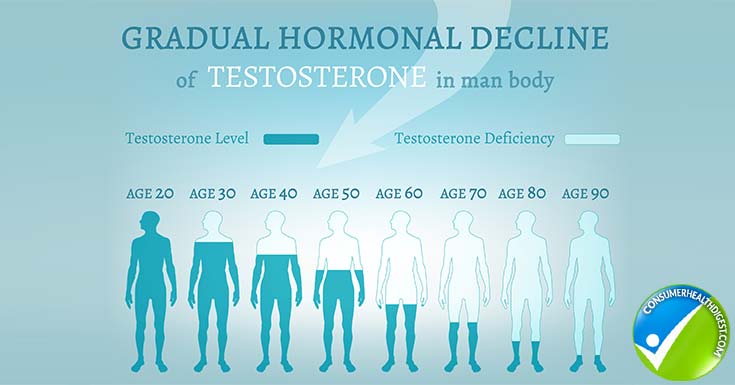




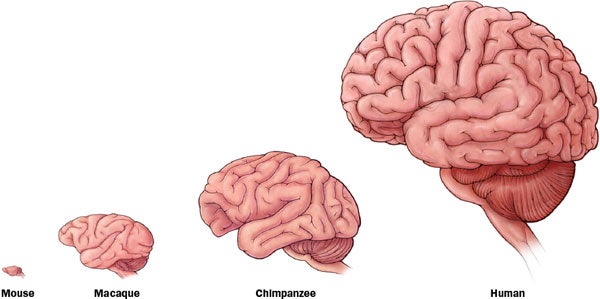

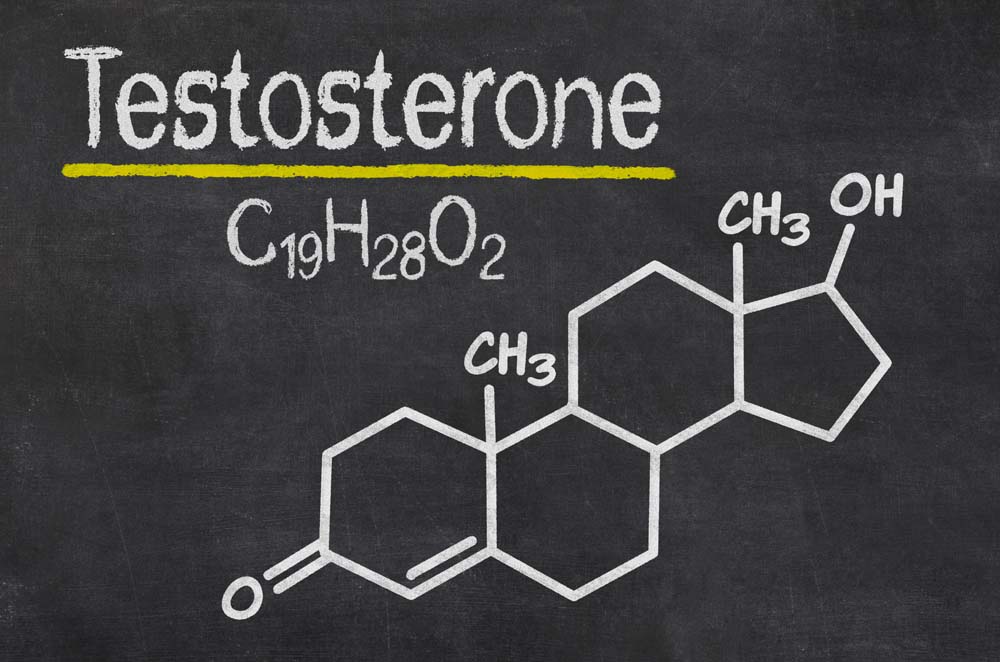








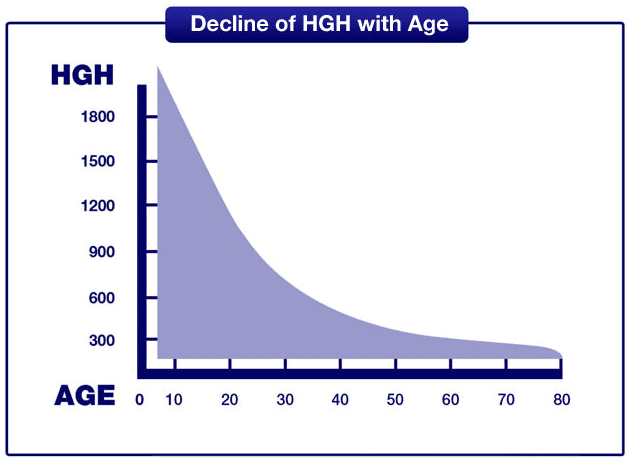
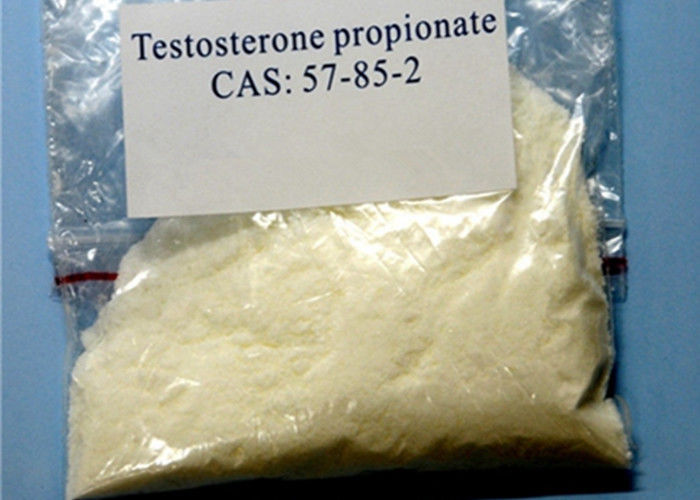



No comments:
Post a Comment
Note: Only a member of this blog may post a comment.